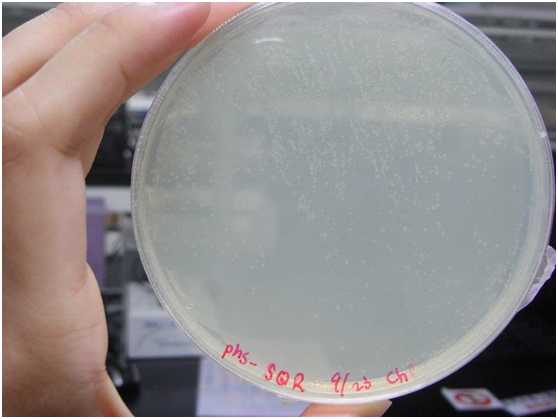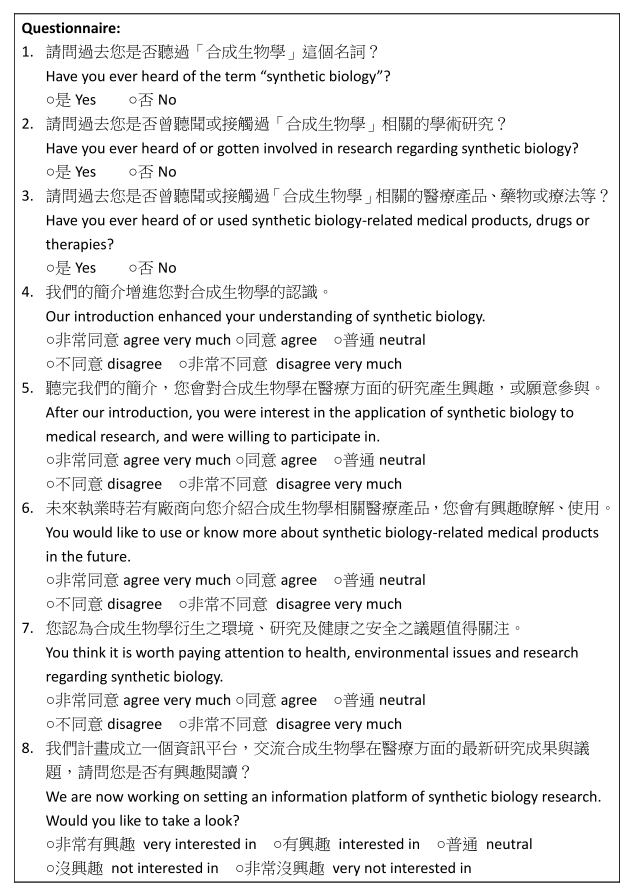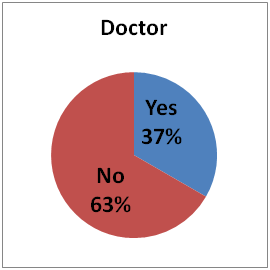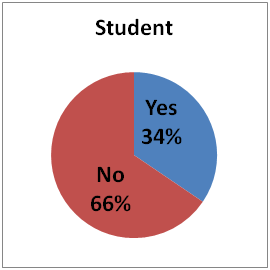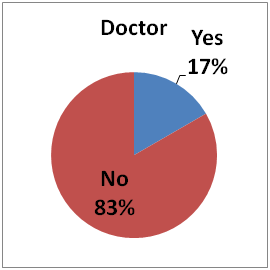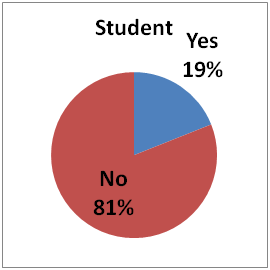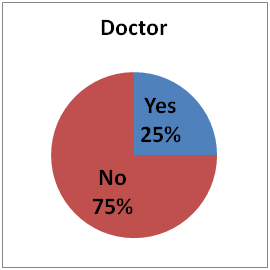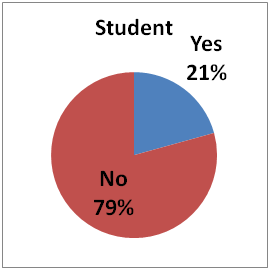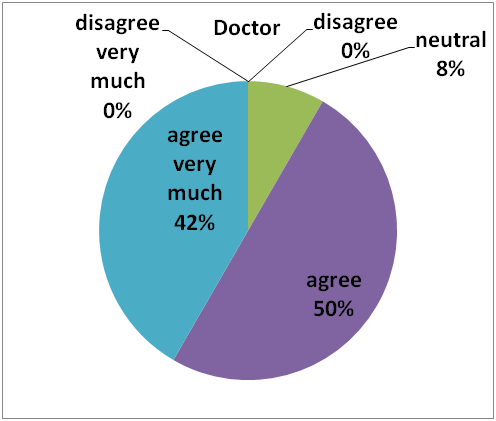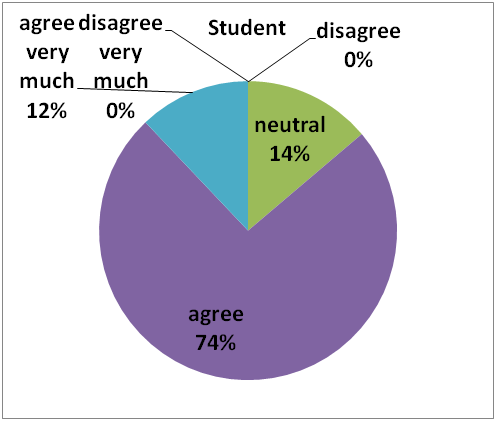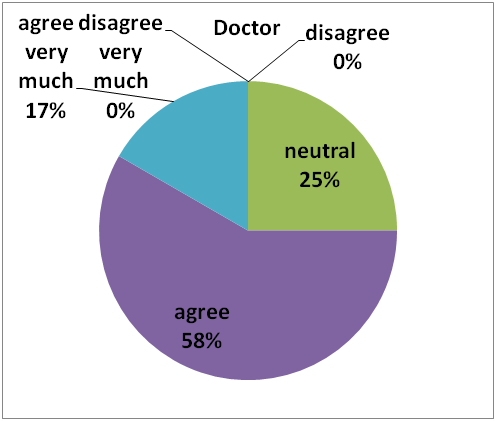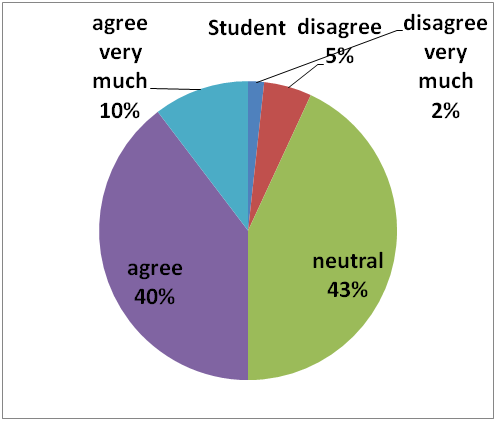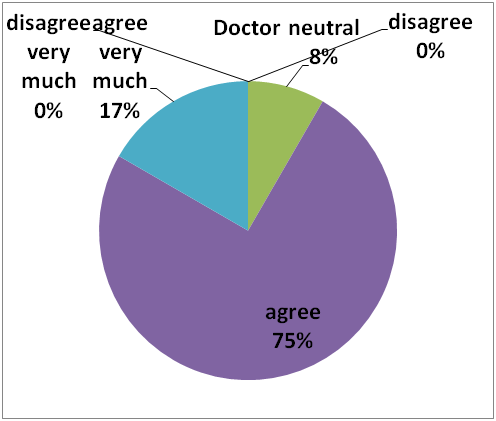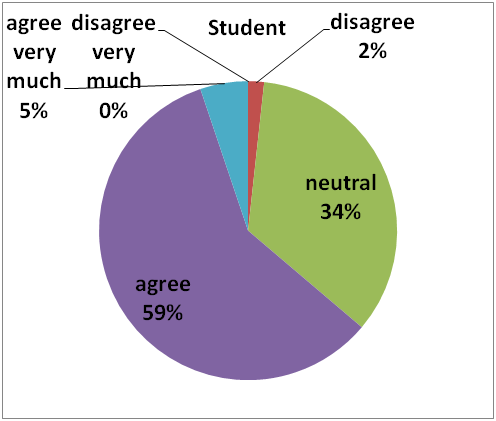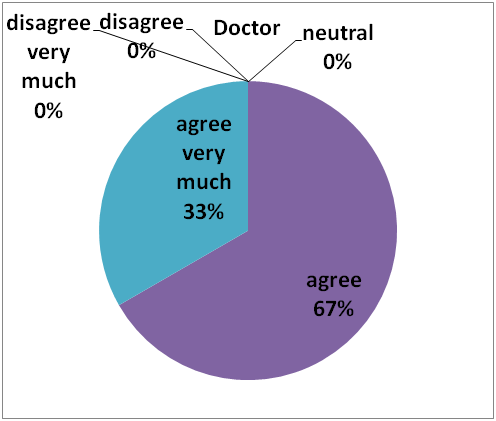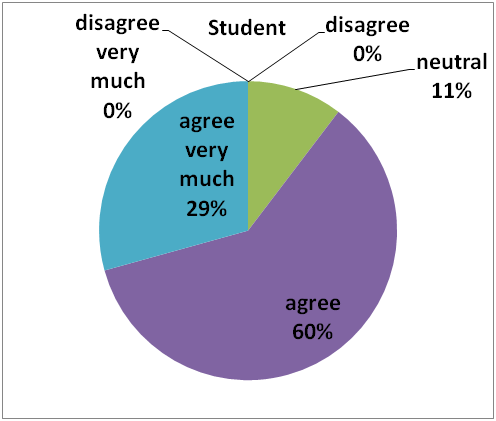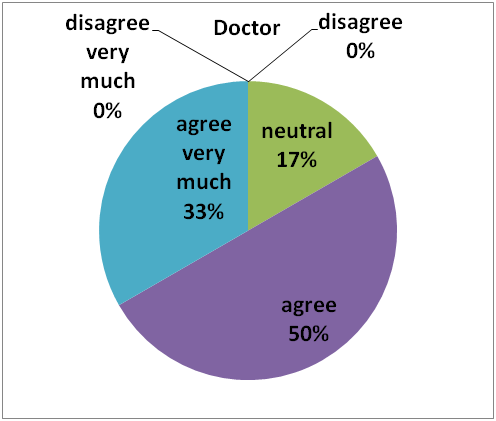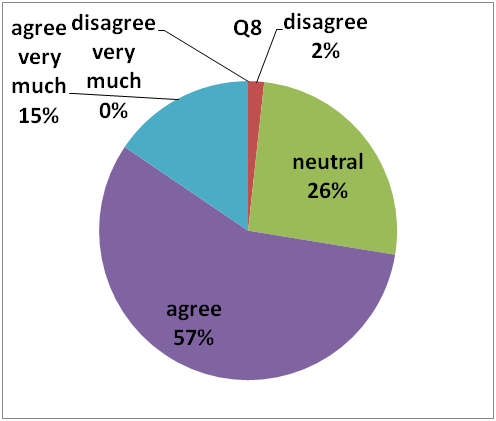Team:NTU-Taida/Human Practice
From 2012.igem.org
Human Practice

Contents |
Overview
Goal
To outreach the concept of what synthetic biology is, and the understanding of how people apply synthetic biology to improve lives, and the awareness of all these advances’ physicochemical, medical and socio-ethical implications.
Introduction
Our team, NTU-Taida, has been involved in outreaching synthetic biology and human practice so far. Be specific, we introduced bioengineering, biotech and iGEM competition to high school students, undergraduate medical students, and doctors. To spread the understanding of synthetic biology more efficiently, we established a blog sharing some news, reviews and our works. We also collaborated and discussed with other team in Taiwan and the US. Additionally, we surveyed the students’ and doctors’ interest in utilizing synthetic biology in medical routine and research. All these activities are summarized below:
Mini Symposiums with College and High School Students
During this summer, we shared our ideas and the iGEM competition to college and high school students who expressed interest in bioengineering and basic molecular biology. Several symposiums were held by Department of Life Science, Medicine, and Dentistry in NTU respectively where we gave a brief introduction of synthetic biology, its effects and implications, and presented some posters and PowerPoint about our design to the students. All the attendees could learn about the basic concepts of synthetic biology and could discuss their point of view to each other and to our team.Most of the students were fascinated by the way how people use these standardized and changeable gene parts to engineer devices of novel function, and how people of different background and disciplines meet and work together in this field. Some of them mentioned their worries about utilizing synthetic biology in illegal use and some controversial implications, such as bio-weapon development, bioterrorism, GM food, and application of stem cells, etc. The students also spoke of potential risks including unwanted spreading and multiplication of transgenic microorganisms, environmental protection, and long-term side effect on human body which could not be detected in early stages.
Invitation for Lab Visiting
We also invited some of our classmates and other medical students of different grades to visit the lab, showing them how to perform some technique and the systems we designed. Moreover, students from different departments and fields were invited to participate our meetings as well, offering us different suggestion. We received many perceptive questions about our project and how we get the balance between research and work in hospital.
Knowing that there’s a 3-year-long summer-student program for senior high school students in Taiwan, “Biological Programs for Selected Senior High School Students in Academia Sinica”, we’re planning to partner with some of their classes which start after mid-October and to provide some introduction to iGEM program and synthetic biology since most of our groups were the members before.
Building A Platform for Information Sharing
Another way to promote synthetic biology is through the internet. Though there are some problems using blog as the platform of outreach, such as the difficulty in keeping the discussion on specific issues for a period long enough to raise stimulating conversation and feedback. We set up a website as our team’s blog sharing our project. And we also wrote some news, reviews concerning bioengineering and information on current issues in Chinese. Thus more people could know what synthetic biology was, how we came up with the ideas, how to formulate the project.
Collabration with NYMU-Taipei and UIUC iGEM Teams
Since it is the first time for medical students from NTU participating iGEM competition, we got into contact with the team NYMU-Taipei, which was well-experienced. We held several interscholastic conferences discussing issues such as how to promote synthetic biology, bioengineering to others. Project presentation was another topic for the conferences. From these activities, both of their and our teams went through different thinking process. Moreover, we collaborated on some part of the designs and experiments.
Since there were 2 of our team members participating in UIUC’s summer studentship, we had on-line conference with Team UIUC as well. Through the discussion, we introduced each member in both teams, shared our works, designs and any other problems about practicing the project to each other. After the project discussion, they shared their experience of iGEM, especially about the regional jamboree.
Questionnaire and Analysis
We also performed a survey on how medical students and doctors know about synthetic biology, and their interests in related research. Results of the survey showed that after our introduction, most of the medical students in NTU didn’t understand what “synthetic biology” was, its application and implication were before. But more than 75% were quite interested in knowing more information or participating related research. The doctors’ points were more conservative, especially on the issue of utilizing synthetic biology on medical and pharmaceutical use.
Results and Discussion
1.Have you ever heard of the term “synthetic biology”?
The pie-charts below showed that the same percentage of the doctor and the student attendees heard of the term “synthetic biology”. This result means that less than 40% of the attendees knew what synthetic biology is.
2.Have you ever heard of or gotten involved in research regarding synthetic biology?
The pie-charts below showed that the less percentage of the attendees knew some related research than the one heard of “synthetic biology”. And the student attendees knowing related research were slightly higher than doctors.
3.Have you ever heard of or used synthetic biology-related medical products, drugs or therapies?
Compared with question 2, there were more attendees heard of synthetic biology-related medical product than research. This suggests that it was easier to get the information of product than research, and that the medical students and doctors might know synthetic biology-related research via medical issues.
4.Our introduction enhanced your understanding of synthetic biology.
The pie-chart below showed that more than 85% of the student attendees agreed that our introduction enhance their understanding of synthetic biology; and the results of doctors are even higher (92%). Compared with the results of question1-3, it was obvious that one of the goal of human practice, outreach of synthetic biology, was successfully achieved.
5.After our introduction, you were interest in the application of synthetic biology to medical research, and were willing to participate in.
The results showed that compared to question 4, less percentage of doctor and student attendees agreed that our introduction improved their interest in applying synthetic biology on medical research. And this phenomenon was much more apparent among student than doctors. One reason was the low experience and participation rate for medical students doing lab.
6.You would like to use or know more about synthetic biology-related medical products in the future.
The pie-chart below showed that most of the doctor and student attendees had positive attitude toward synthetic biology-related medical products. But surprisingly, students were less interested in this issue. This might due to the safety issues about medical application. And it would definitely be a main concern for the public as well. It became clear that we should focus more on the negative aspect of synthetic biology in regards to its implication and progression, and what the practice synthetic biology required, in order to convince the public that synthetic biology was safe.
7.You think it is worth paying attention to health, environmental issues and research regarding synthetic biology.
The results showed that all the doctor attendees would like to know further information in regards to synthetic biology, while there was nearly 90% students had the same point of view.
8.We are now working on setting an information platform of synthetic biology research. Would you like to take a look?
About a quarter of the attendees had neutral attitude toward following our works. Again, doctors were sightly more interested in our project. We thought that low lab experience might play an important role in this phenomenon.
 "
"




